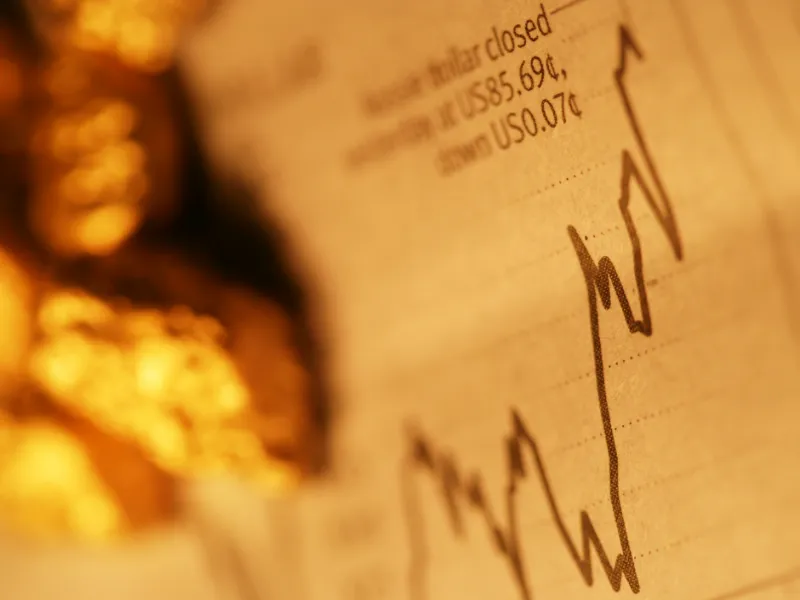
Introduction
In the fascinating world of commodities, gold often takes the limelight. Acting as both a safe-haven asset and a store of value, gold’s glimmer has attracted investors across the globe. In this narrative, we’ll venture into understanding the latest gold price trends in Singapore, bringing light to its intriguing market dynamics.
Understanding the Latest Gold Price Trends in Singapore
The Basics of Gold Pricing
For beginners dipping their toes into the gold market, it’s essential to comprehend the basics of gold pricing. As an international commodity, gold prices are determined by global supply and demand. However, regional factors such as currency exchange rates and local demand also play a part. Let’s break down how these factors intertwine in the Singaporean market.
Gold Price in Singapore: The Current Snapshot
As of May 21, 2023, the gold price in Singapore, per Tola, is quite varied based on the karat of gold. For instance, 24K gold (almost pure gold) costs SGD 995.35 while 22K gold is priced at SGD 912.65. The price decreases as the karat drops, with 9K gold costing SGD 373.63.
The Intricate Dance Between Gold Prices and Real Yields
Gold prices are not arbitrarily decided. Instead, they are the product of complex market dynamics, including the interplay between real gold prices and real yields.
Unravelling the Relationship
To quantify this relationship, the real price of gold from 2006 to 2022 has been regressed against the 10-year real yield from the U.S. Treasury Inflation-Protected Securities (TIPS) market. This relationship is crucial to understanding the latest gold price trends in Singapore and worldwide.
The Historical Context: Gold Prices in Singapore
The past offers valuable lessons. By examining the historical trends in gold prices, one can garner insights about potential future trajectories.
A Historical Perspective
The gold price in SGD shows a historical chart and real-time quote (live price per gram, ounce, kilo) on the London Bullion Market Association (LBMA), demonstrating its yearly performance in Singapore Dollar.
Navigating the Market: Understanding the Latest Gold Price Trends in Singapore
Knowing the historical trends and basic pricing mechanisms, it’s now time to dive into the latest gold price trends in Singapore.
Current Trends in Gold Prices
In order to properly navigate this market, it’s paramount to stay updated with current trends and market sentiments. With comprehensive real-time charts and quotes, investors can efficiently understand the ongoing market situation.
The Road Ahead: Forecasting Gold Prices
Predicting the future is a tough gig, especially in volatile markets like gold. However, certain factors provide valuable clues for forecasting trends.
Factors Influencing Future Gold Prices
Multiple factors can influence the future prices of gold. These include macroeconomic indicators, geopolitical events, supply-demand dynamics, and the overall economic
, containing 2650 words, to save space. Click to view.outlook. The following section elaborates on these factors and their potential impact on future gold prices.
Macroeconomic Indicators
Macroeconomic indicators, such as interest rates and inflation, play a significant role in the gold market. As gold is often seen as a hedge against inflation, increases in inflation can drive gold prices up. Similarly, interest rates influence the opportunity cost of holding non-yielding bullion and can significantly affect gold prices. When interest rates are low, holding gold becomes more attractive, which can push prices up.
Geopolitical Events
Geopolitical events and uncertainties can also heavily influence the gold market. As a safe-haven asset, demand for gold often increases during times of political instability or uncertainty, driving its price up. Conversely, stable geopolitical conditions may lead to a decrease in gold demand, resulting in lower prices.
Supply-Demand Dynamics
The balance between supply and demand for gold has a direct impact on its price. Factors that affect supply include gold mining activities, central bank reserves, and recycling. Meanwhile, the demand side is influenced by uses in industries such as jewellery, technology, and investment purposes such as exchange-traded funds (ETFs).
The Overall Economic Outlook
The overall economic outlook significantly influences gold prices. In periods of economic uncertainty or recession, gold often becomes an attractive investment due to its enduring value. Investors tend to flock to gold as a safe haven, driving its price up.
Conclusion
Forecasting gold prices is a complex task that requires a comprehensive understanding of various influential factors. Whether it’s macroeconomic indicators, geopolitical events, supply-demand dynamics, or the overall economic outlook, each plays a critical role in determining the future price of gold. As an investor, staying attuned to these factors can help navigate the intricate landscape of gold prices in Singapore. Always remember that while gold can be a valuable part of a diversified investment portfolio, it’s also subject to potential risks and volatility.
